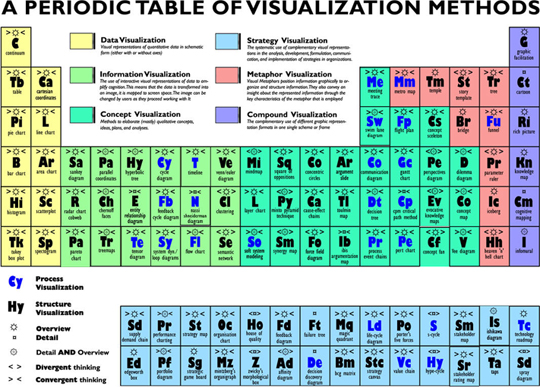 |
| World Education Rankings |
It just goes to show how easy it could be for teachers to
collaborate with teachers from around the world. We all have different
specialties and I can only imagine if we could find people that specialized in different
topic from around the world and had those people present those topics to our
classroom how well they would be received.
I think Global Learning has the ability to bring the United States


